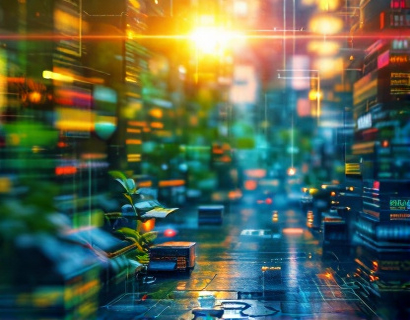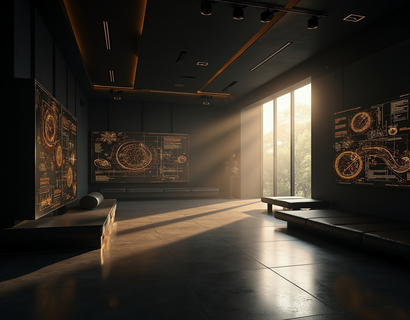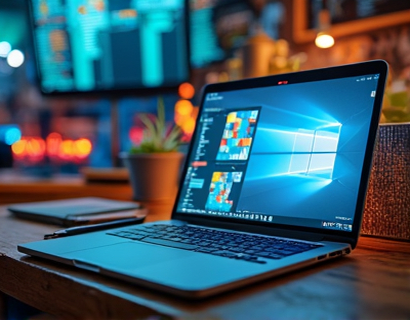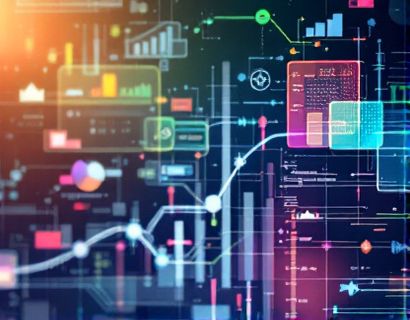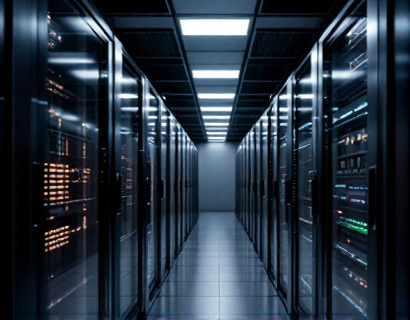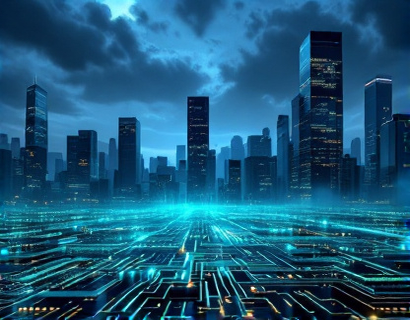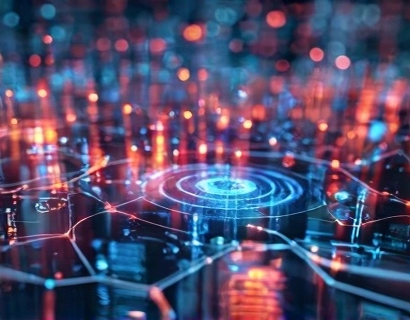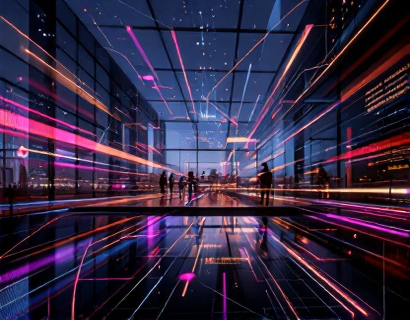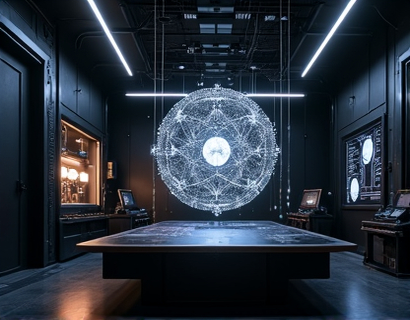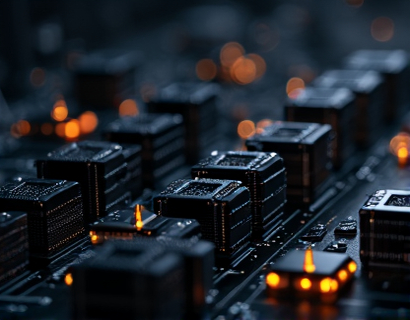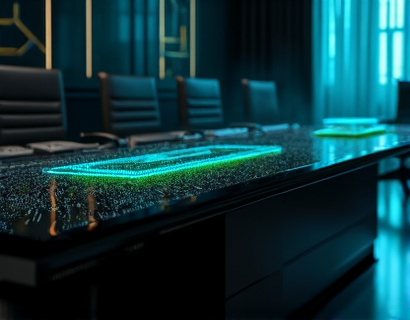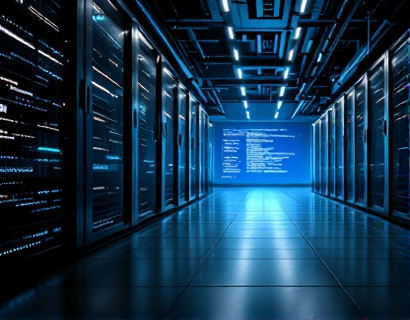Maximize Your Indoor Garden with Advanced Tech: Smart Solutions for Optimal Plant Growth in Solariums
In the modern era, indoor gardening has evolved beyond a simple hobby to a sophisticated practice that leverages advanced technology to create optimal growing conditions. For those with a passion for cultivating plants indoors, especially within solariums, integrating smart solutions can significantly enhance the growth and health of your plants. This article delves into the cutting-edge technologies that can transform your indoor garden into a high-tech oasis, ensuring your plants thrive in a customizable and sustainable environment.
Understanding the Basics of Smart Indoor Gardening
Smart indoor gardening involves the use of technology to monitor and control various environmental factors that affect plant growth. These factors include light, temperature, humidity, and nutrient delivery. By automating and optimizing these conditions, gardeners can achieve consistent and superior results. The key to a successful smart garden lies in understanding the specific needs of your plants and selecting the right technologies to meet those needs.
Optimizing Light for Plant Growth
Light is one of the most critical factors in plant growth, and in indoor settings, artificial lighting becomes essential. LED grow lights have revolutionized indoor gardening due to their energy efficiency and ability to emit specific spectra of light that are most beneficial for plants. Full-spectrum LED lights mimic natural sunlight, promoting healthy growth and flowering. Adjustable LED systems allow you to tailor the light spectrum and intensity to the different stages of plant development, from seedling to bloom.
Another advanced lighting technology is the use of smart lighting controllers. These devices can be programmed to simulate natural day and night cycles, ensuring plants receive the right amount of light at the right times. Some controllers also adjust light intensity based on the plant's growth stage and environmental conditions, further optimizing growth. For instance, during the vegetative stage, plants require more blue light for leaf growth, while during the flowering stage, red light is more beneficial.
Climate Control for Ideal Growing Conditions
Maintaining the right climate inside a solarium is crucial for plant health. Advanced climate control systems use sensors and automated systems to monitor and adjust temperature, humidity, and CO2 levels. These systems can be integrated with smart thermostats and humidistats to create a stable environment that closely mimics the plants' natural habitat.
Temperature control is vital as most plants thrive in a specific temperature range. Overheating or cooling can stress plants and hinder growth. Smart thermostats can automatically adjust heating and cooling systems to maintain optimal temperatures. For example, during the day, the system might lower the temperature to encourage photosynthesis, and at night, it can slightly increase the temperature to support respiration.
Humidity control is equally important, as many plants require high humidity levels to prevent leaf burn and promote healthy growth. Automated misting systems or humidifiers can be integrated into the climate control setup to maintain the desired humidity levels. Some advanced systems even use dehumidifiers to lower humidity when necessary, ensuring a balanced environment.
CO2 enrichment is another advanced feature that can significantly boost plant growth. Plants use CO2 for photosynthesis, and increasing its concentration in the air can lead to faster growth and larger yields. Smart CO2 controllers can monitor CO2 levels and automatically release CO2 when needed, ensuring optimal levels are maintained without waste.
Automation for Convenience and Efficiency
Automation is a game-changer in indoor gardening, making the process more convenient and efficient. Automated irrigation systems ensure that plants receive the right amount of water at the right times, reducing the risk of overwatering or underwatering. These systems can be connected to soil moisture sensors that trigger the watering cycle only when the soil reaches a certain dryness level.
Fertigation, the automated delivery of nutrients to plants, is another advanced feature. Nutrient solutions can be precisely measured and delivered through the irrigation system, ensuring plants receive the exact nutrients they need for optimal growth. This not only saves time but also prevents nutrient imbalances that can harm plants.
Integrating all these systems into a central control hub simplifies management. A smart garden controller can connect all the devices and automate routines based on predefined settings or real-time data. For example, the controller can adjust lighting, temperature, humidity, and irrigation based on the time of day, plant stage, and environmental conditions. This level of integration ensures that your indoor garden operates smoothly with minimal manual intervention.
Customizable Environments for Unique Needs
Every gardener has unique needs and preferences, and advanced technology allows for highly customizable indoor gardens. By using modular systems, you can tailor your setup to fit your specific requirements. For instance, you can choose different types of grow lights, climate control devices, and automation components that best suit your plants and space.
Modular hydroponic systems offer another level of customization. These systems allow you to design the layout and configuration of your garden, from the type of growing medium to the nutrient delivery method. Whether you prefer deep water culture, nutrient film technique, or aeroponics, modular systems provide the flexibility to create an optimal growing environment for your plants.
Data logging and monitoring are also crucial for customization. Advanced sensors and software can track various parameters such as light intensity, temperature, humidity, and nutrient levels, providing valuable insights into your garden's conditions. This data can help you make informed decisions and adjustments to further optimize plant growth. For example, if you notice a specific plant is not thriving, you can analyze the data to identify and address the issue, whether it's light spectrum, humidity, or nutrient levels.
Sustainability and Energy Efficiency
Sustainability is a key consideration in modern indoor gardening. Advanced technologies not only enhance plant growth but also promote environmentally friendly practices. Energy-efficient LED lights consume significantly less power compared to traditional grow lights, reducing your carbon footprint and lowering energy costs. Additionally, smart systems can optimize energy usage by adjusting operations based on real-time data and plant needs.
Water conservation is another area where technology shines. Recirculating hydroponic systems reuse water and nutrients, minimizing waste. Some advanced systems even include water purification modules to ensure the water remains clean and nutrient-rich. This not only saves water but also reduces the need for frequent water changes, making the process more sustainable.
Using renewable energy sources, such as solar panels, can further enhance the sustainability of your indoor garden. Solar power can provide the energy needed for lighting, climate control, and other systems, reducing reliance on grid electricity. While the initial investment in solar panels may be significant, the long-term savings and environmental benefits make it a worthwhile consideration.
Future-Proofing Your Indoor Garden
As technology continues to advance, staying ahead of the curve is essential for maintaining a cutting-edge indoor garden. Embracing smart technologies ensures that your setup remains adaptable and future-proof. For example, integrating IoT (Internet of Things) devices allows for remote monitoring and control via smartphones or computers. This means you can manage your garden from anywhere, making adjustments as needed.
Artificial intelligence and machine learning are also beginning to play a role in indoor gardening. AI-powered systems can analyze data from various sensors to predict plant needs and optimize conditions proactively. These systems can learn from past data and make adjustments automatically, further enhancing the efficiency and success of your garden.
As new technologies emerge, it's important to stay informed and open to upgrading your systems. This might involve periodically updating sensors, software, or even hardware components to ensure your garden remains at the forefront of indoor gardening technology.
Conclusion
Maximizing your indoor garden's potential with advanced technology involves a combination of optimizing light, climate, and automation. By integrating smart solutions, you can create a thriving and sustainable ecosystem that meets your unique needs. Whether you're a seasoned gardener or a beginner, embracing these technologies can elevate your indoor gardening experience, ensuring your plants flourish in a customizable and future-forward environment.




